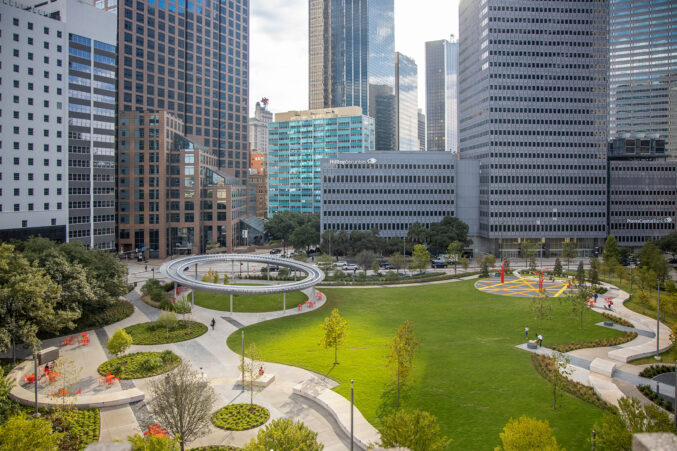DALLAS HAS LONG BEEN KNOWN AS ONE of the best places in the country to shop at upscale retail stores, dine at pampering, plush restaurants, and engage in high-dollar business deals. Now it may also be one of best places to have a heart attack.
Last month, Dallas-area paramedics began using the new LIFEPAK 11, a $14,000 portable electrocardiogram unit that uses cellular technology to relay information about a patient’s heart to emergency room doctors. While the ambulance is en route to the hospital, doctors will begin the process of diagnosing the patient’s specific condition. Treatment can then begin immediately upon arrival in the emergency room. In the average scenario, the LIFEPAK saves a crucial 55 minutes in the diagnosis and treatment process.
“The obvious intention of the LIFEPAK 11 is to save lives,” explains Joe Vasquez, deputy chief of the Dallas Fire Department’s Emergency Medical Services. “But perhaps equally significant is the fact that quicker diagnosis and quicker administration of thrombolytic [clot-breaking] therapy reduce the damage done to the heart. Therefore, this system can greatly affect the quality of a heart attack victim’s life after the heart attack. Quicker diagnosis allows doctors to reduce the amount of damage done to the heart and to reduce the recovery time,”
Vasque; says that Dallas joins just a handful of American cities, including Miami and Tucson, in implementing the LIFEPAK 11 system. He also notes the need for the LIFEPAK 11 in Dallas, where many people suffer from high-pressure lifestyles- Last year close to 10,000 people here suffered from heart attacks, sending paramedics on roughly 8,600 cardiac runs.
Get our weekly recap
Brings new meaning to the phrase Sunday Funday. No spam, ever.
Related Articles

Basketball
What We Saw, What It Felt Like: Mavs-Clippers, Game 6
At long last, Dallas defeated L.A.
By Iztok Franko and Mike Piellucci

Hockey
What We Saw, What It Felt Like: Stars-Golden Knights, Game 6
Dallas came up on the wrong end of the smallest margins.
By Sean Shapiro and David Castillo

Dallas History
D Magazine’s 50 Greatest Stories: When Will We Fix the Problem of Our Architecture?
In 1980, the critic David Dillon asked why our architecture is so bad. Have we heeded any of his warnings?
By Matt Goodman


